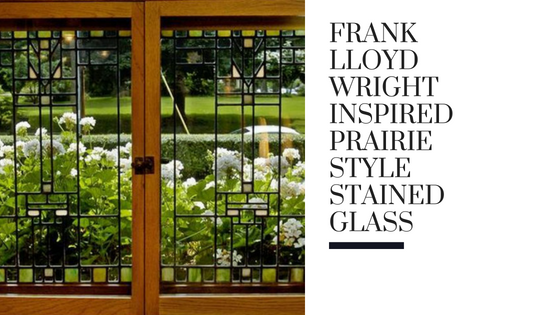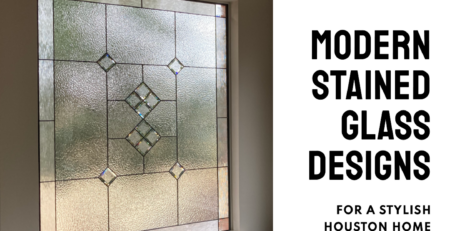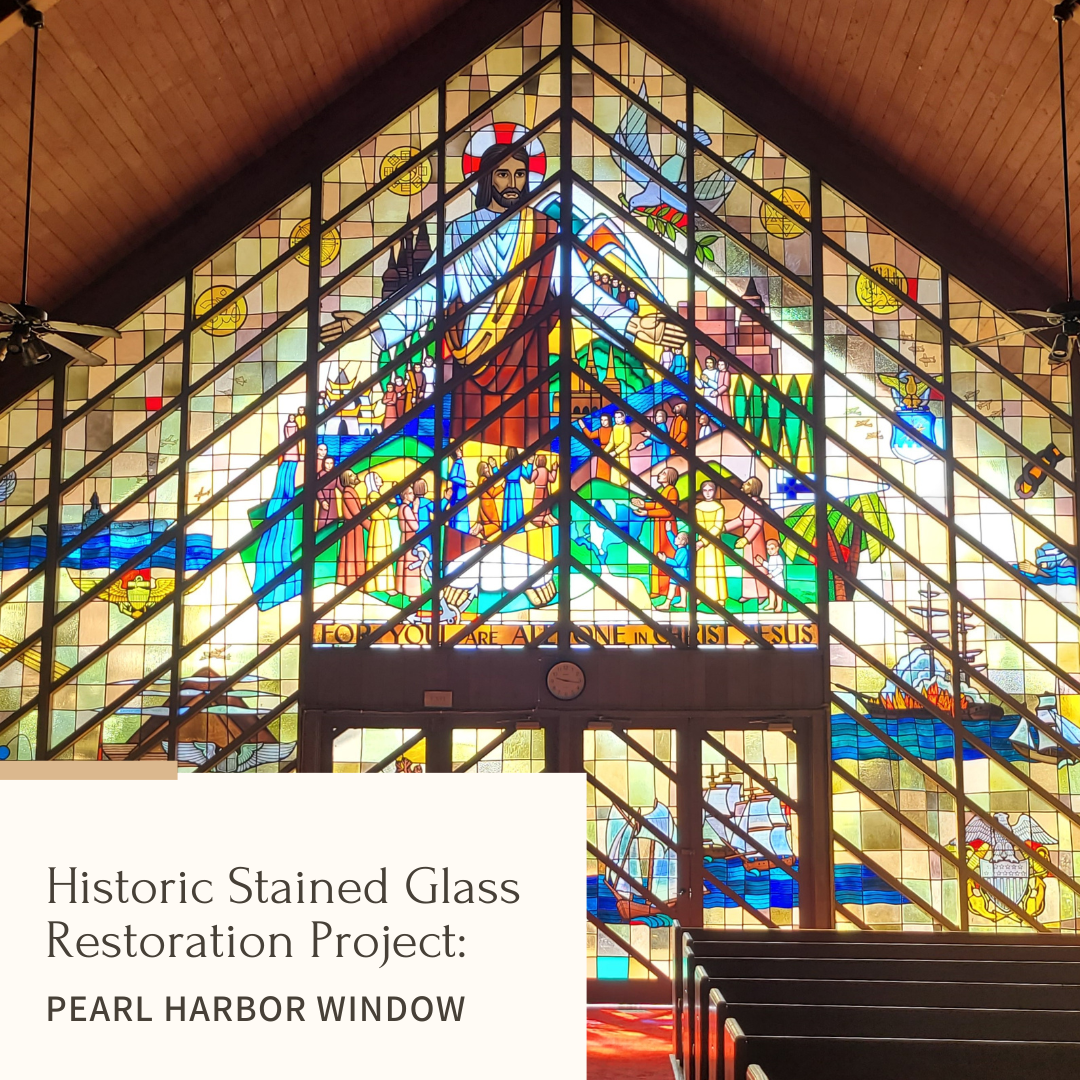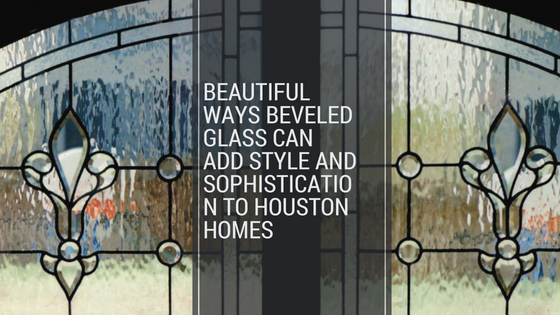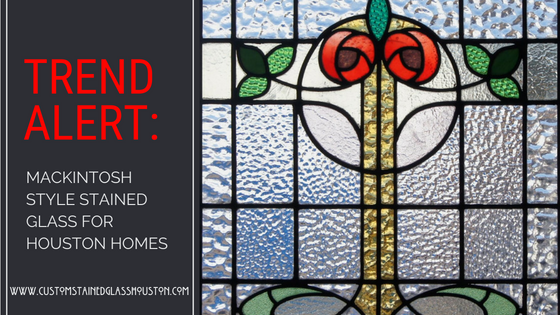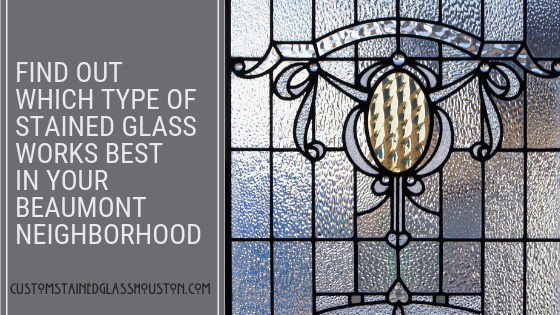A Closer Look At Medieval Stained Glass And Its Significance
Medieval stained glass is, first of ancient, and identified by its unique use color. It is sometimes painted glass and gets its name from the medieval period in Europe which went from about the 10th century to the 16th century. Much of the stained glass during this period was made up of picture representation: saints, biblical scenes and iconography were are richly displayed. While the reason for this shift to depictions is not exactly clear, it is often thought it was due to the emerging color technology, which gave artists the ability to better use fine detail. One of the first examples of colored window glass is from 800–820 from excavations at the Abbey of San Vincenzo in Volturno, Italy. The medieval period, rich in colored stained glass, started less than 200 years later–meaning it could have been the invention of color that inspired the next 500-600 years of works.
The Colors of Medieval Stained Glass
As you now know it is the colors that set medieval stained glass apart. So, what type of color was used that so distinguishes this period of stained glass history? Quite a few actually. Impurities in the silica used to make the glass are the reason for most of the colors and this was as often a mistake or experiment as it was intentional. However, some colors were fully developed and dialed in during this span of the Medieval period.
Medieval Blue Soda Glass
One of the most gorgeous colors in Medieval stained glass is the blue soda glass. The early medieval glass was chemically soda-based. While this blue is stunning, for reasons unknown blue soda glass was quickly replaced with Forest glass. But in its short time, this use of blue was prolific. There has been blue soda stained glass found in UK excavations at Old Sarum, Winchester and even some in France.
Red and Green Medieval Stained Glass
Green and red stained glass occurred naturally in many cases because of the aforementioned impurities in the silica. However, as the medieval time progressed the colors were likely made by adding copper– in the form of ore or copper filing.
Silver Stain Medieval Stained Glass
In the early Medieval period, unique colors could be brought forth by carefully controlling the furnace conditions (heat and length of fire). What really was happening was an increase or decrease in oxidizing. But, later in the Medieval period (the 14th century) silver stain was introduced which made it possible to create a wider variety of glass hues by painting on this chemical mixture.
The Importance of Medieval Stained Glass
As you well know, Medieval stained glass windows were a very long time ago. Be that as it may, they have had a huge impact on the modern glass we see today. Primarily because this was the first era that not only introduced color into stained glass but led to the development of many of the same colors we use today. Furthermore, with the use of color, this period of time started an era of life-like representations of people, places, and things–not unlike much of what we see in stained glass today.
For more information on stained glass or to get a stain glass windows designed for your Houston home, contact us here at Custom Stained Glass Houston today!


